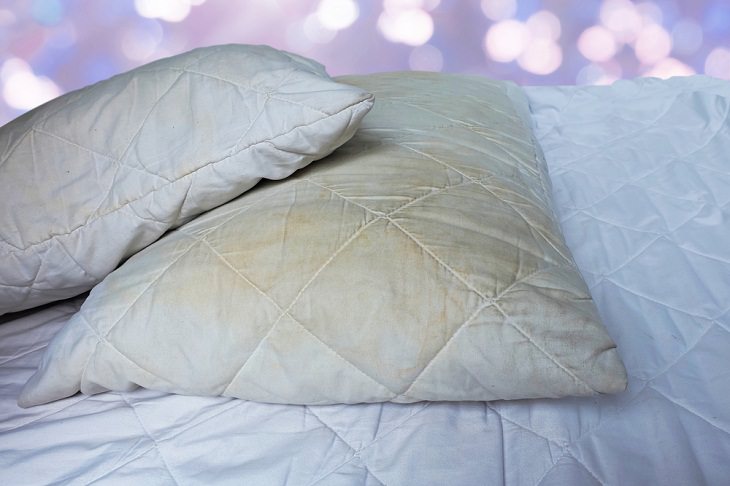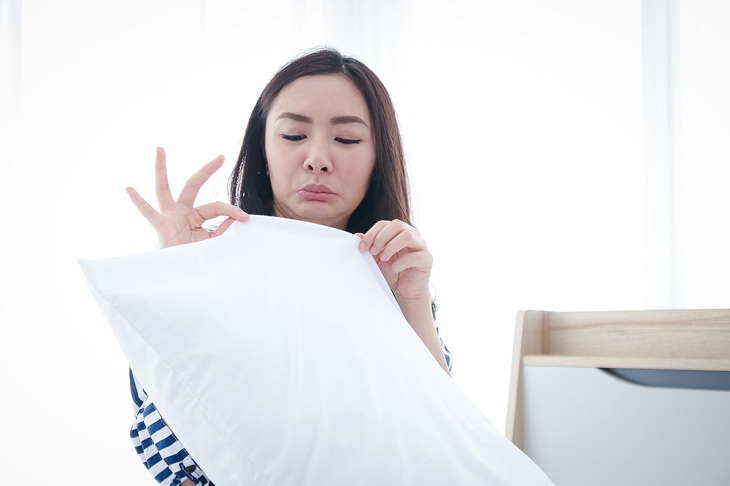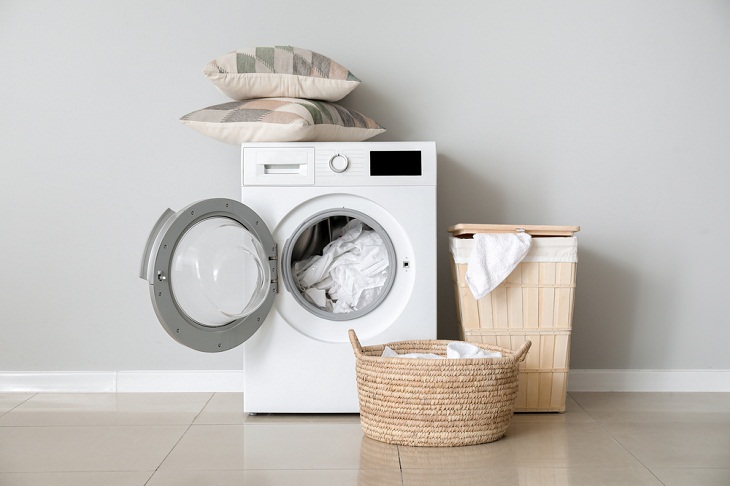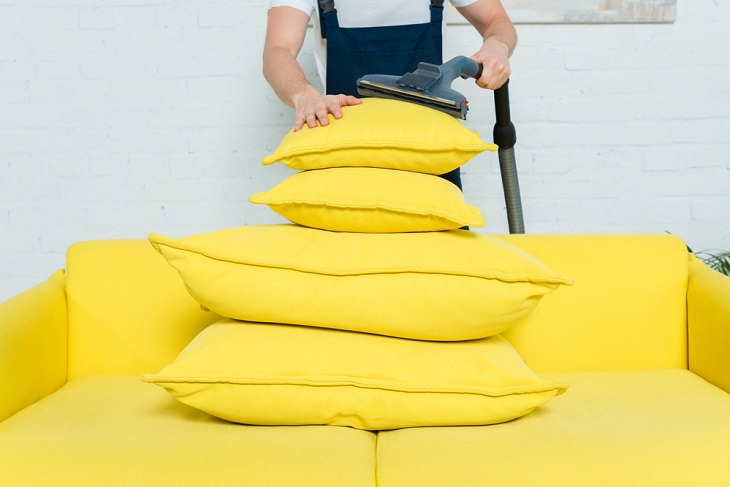A pillow is essential for quality sleep. So many of us lie on the same pillow and despite hours of use, it never gets the care it needs. We do wash pillowcases from time to time, but what about the actual pillow? Let’s find out exactly how often we should be washing our pillows and also learn a few quick tips on the best ways to do that, too.
How often should you wash your pillows?
Experts say that, since pillows come in such close contact with our faces and tend to breed allergens, we should be washing them at least twice a year and even more if we live in a warm or humid climate.
Washing our pillows at least twice a year will ensure that any unpleasant smells caused by sweat and saliva would be washed away. Moreover, you might not be aware that dust from the air, dead skin cells, dust mites, oil from our hair and skin, and other allergens cling onto our pillows when they aren’t cleaned over a long period of time.
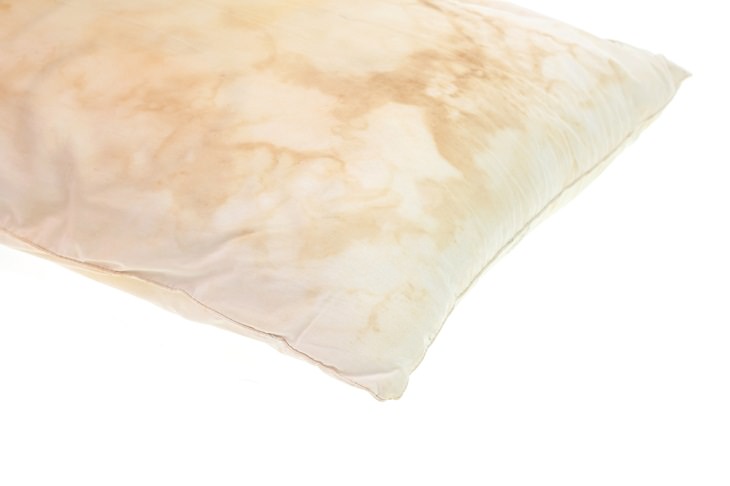
Before you go about washing your pillow, however, you must also test its viability. Is your pillow even worth washing? Or should it be replaced?
If there are visible lumps on your pillows, then it’s a good sign they need to be replaced. Similarly, if your pillow is too flat, then it is time to swap it out.
Also, while you may get rid of some of the existing bad odors after washing your pillows, some of them can be too stubborn. If you notice that the pillow still smells, even after a couple of washes, then it’s a good idea to get rid of it.
See Also: Don't Throw Away Your Old Pillows! Reuse Them Instead
One proven way to test your pillow’s viability is to fold it in half and see if it stays folded while you're not holding it. If it remains folded, then it’s a sign that your pillow is probably way too old.
Handy tips on how to wash pillows
Now that you know that you have to wash your pillows at least twice a year, the next question is how exactly do we wash them? Should we simply dump them in the washing machine?
Here are some tips that will help you understand this better.
* The best way to wash pillows is in a front-loading machine. This is because pillows can float to the top of a top-loading washing machine where they don’t always get regularly wet.
* Wash your pillows in warm water on the gentle cycle with a mild liquid detergent. Put it through an extra rinse and spin cycle on cold to get rid of any remaining detergent.
* Wash your natural-fiber pillows on the delicate cycle in cold water, with a medium-to-low speed.
* For feather pillows, it would be better to use powder detergent specifically designed for it as liquid detergent may leave a sticky residue.
* You may need to wash one pillow at a time, depending on your pillow-to-washer size ratio. You don’t want the washing machine to be overloaded.
* Roll your synthetic pillows like sausages and tie their ends and middle with rubber bands. This will ensure that the material inside doesn’t slide around too much in the machine.
* Wash two pillows at a time if you can so that the balance of your washing machine is maintained.
* Foam pillows can’t go in the washing machine since their movement makes the foam crumble. You can, however, hand wash them with cold water and detergent.
When it comes to drying pillows, the best method is to dry them on low heat, low tumble cycle, and repeat the cycle until all the moisture is gone. Removing your pillows from the machine when they are still damp runs the risk of mildew. Also, pillows have a tendency to clump when washed. Adding a couple of wool dryer balls will help redistribute the features and filling inside and also fluff them up nicely.
Found this post useful? Share it with others...

